This is the third blog in our Data Engineering for Banks series, where we explore how EU banks can modernize their data foundations to stay compliant, agile, and competitive.
Catch up on the previous parts here:
→ Why EU Banks Need Stronger Data Engineering
→ Data Engineering Starts with a Data Assessment
In this part, we’ll focus on how to design a robust data architecture that supports compliance, scale, and smart decision-making for European banks.

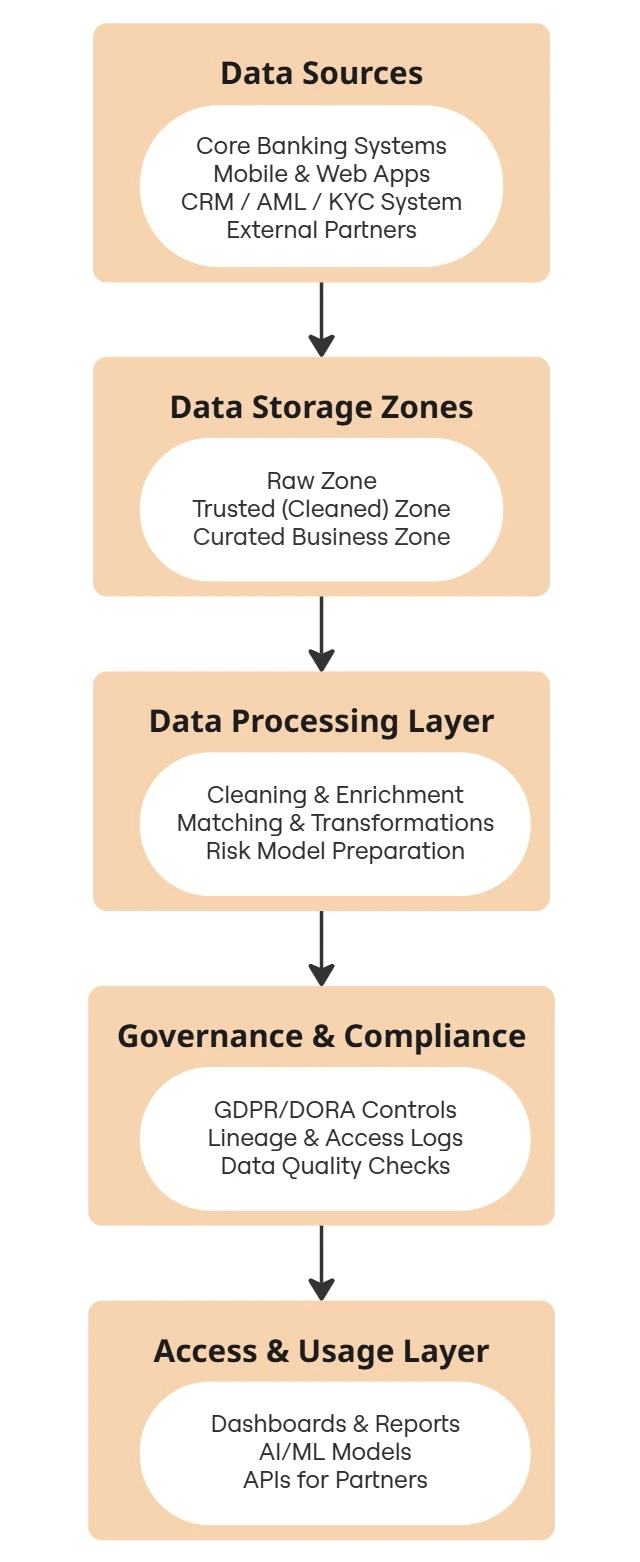

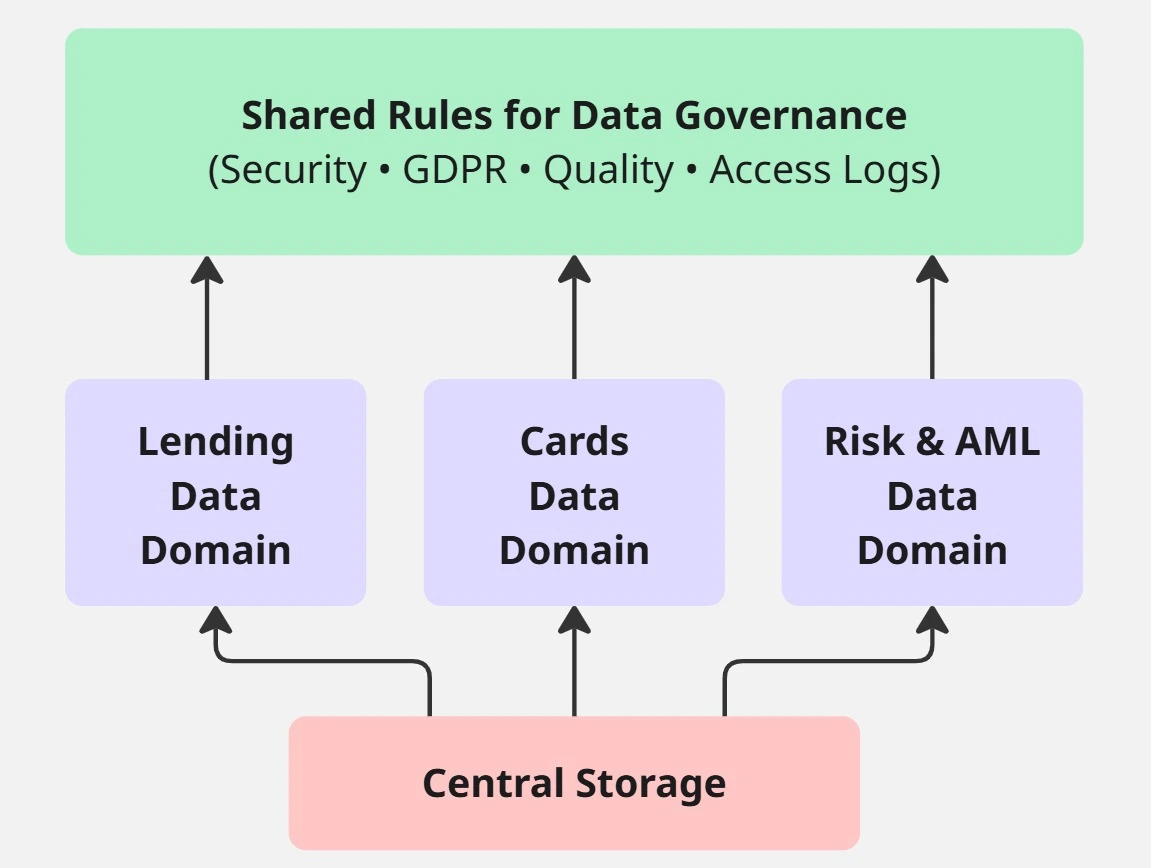
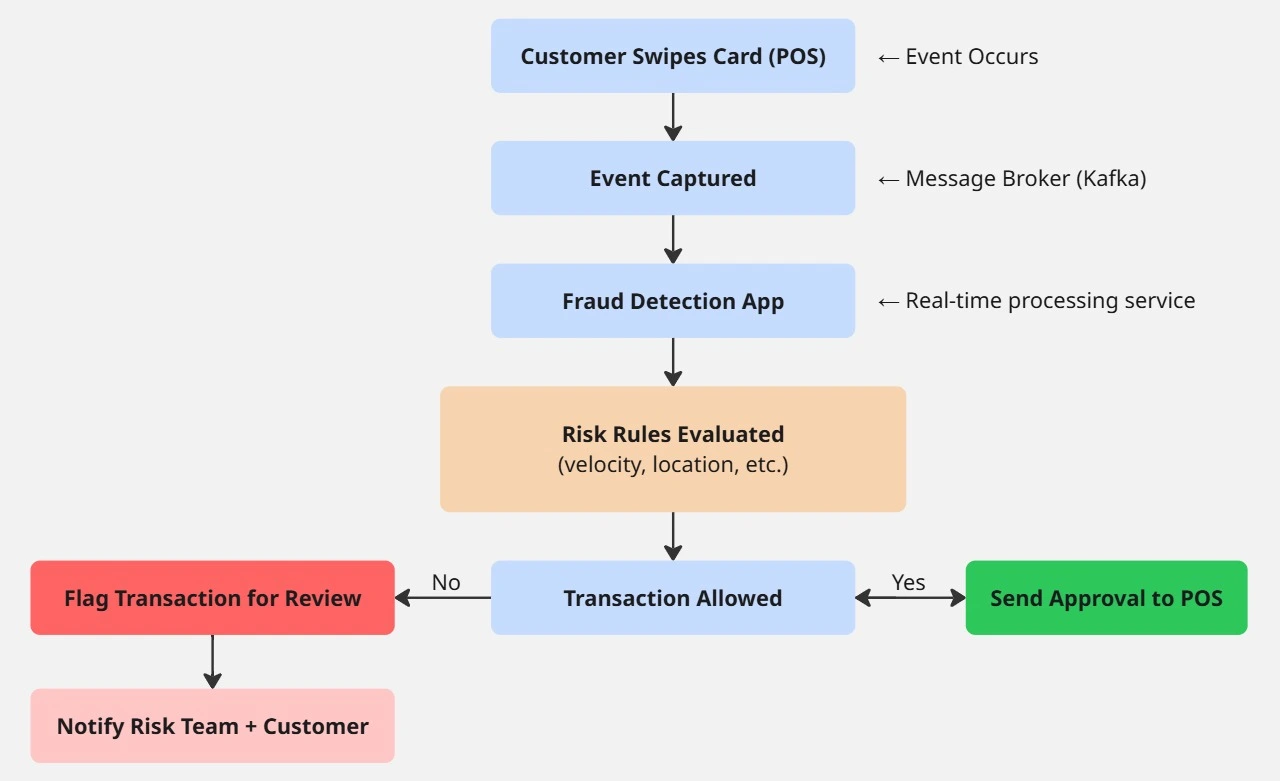
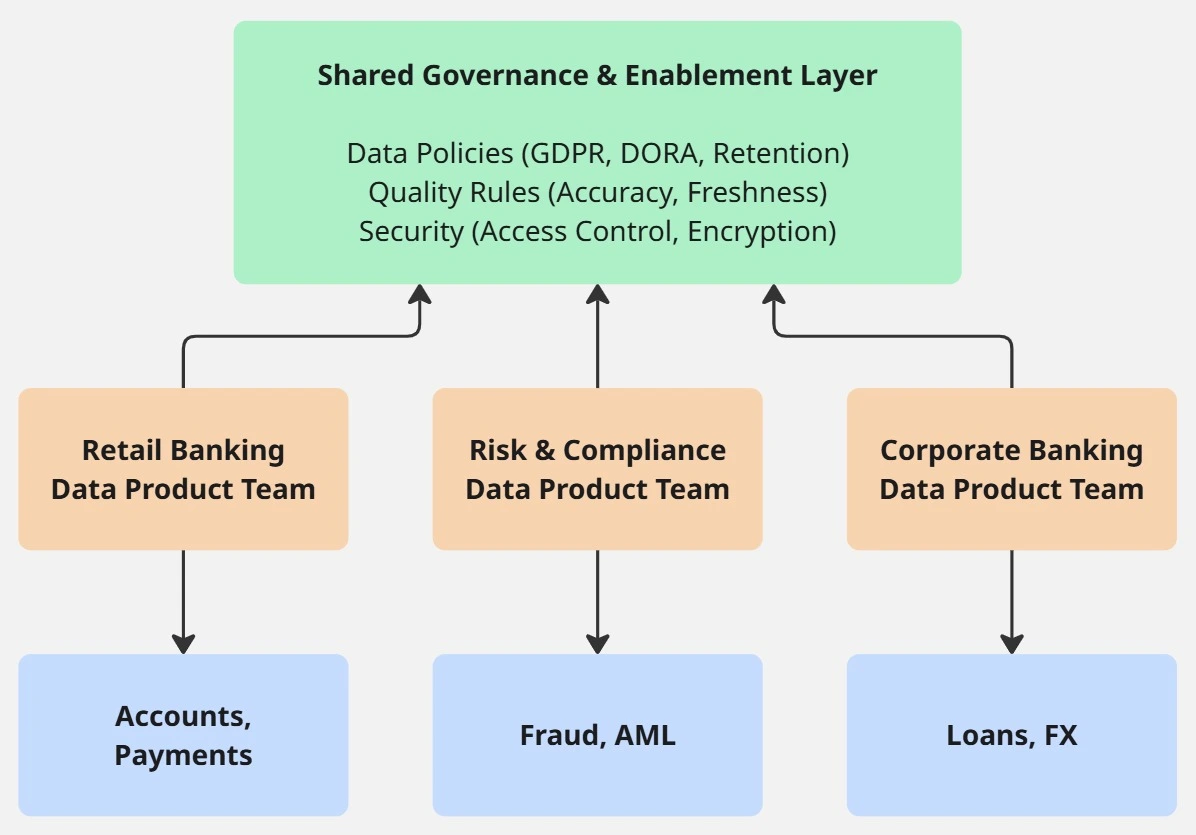



 10 mins
10 mins

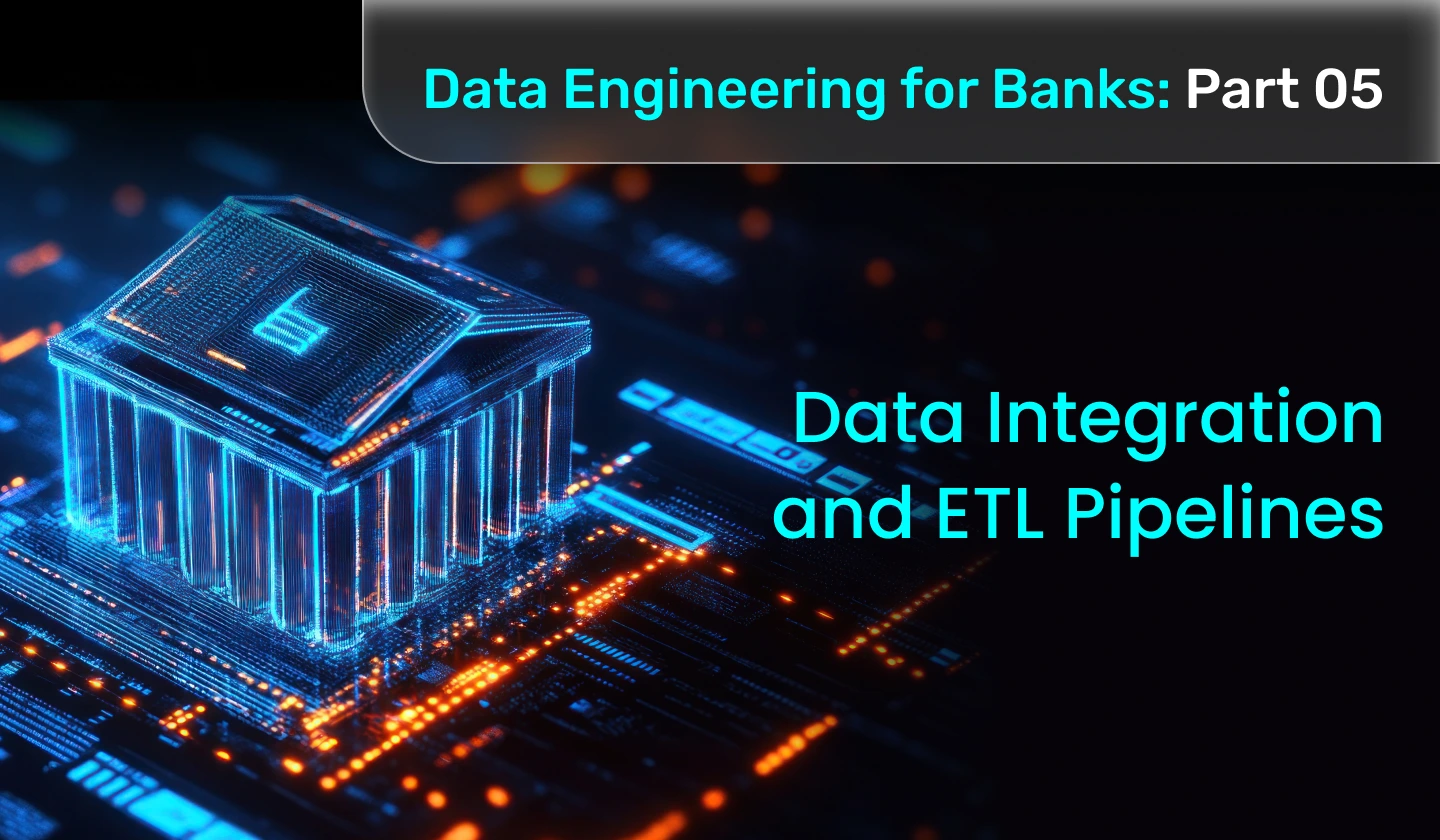









 Talk to Our
Consultants
Talk to Our
Consultants Chat with
Our Experts
Chat with
Our Experts Write us
an Email
Write us
an Email





